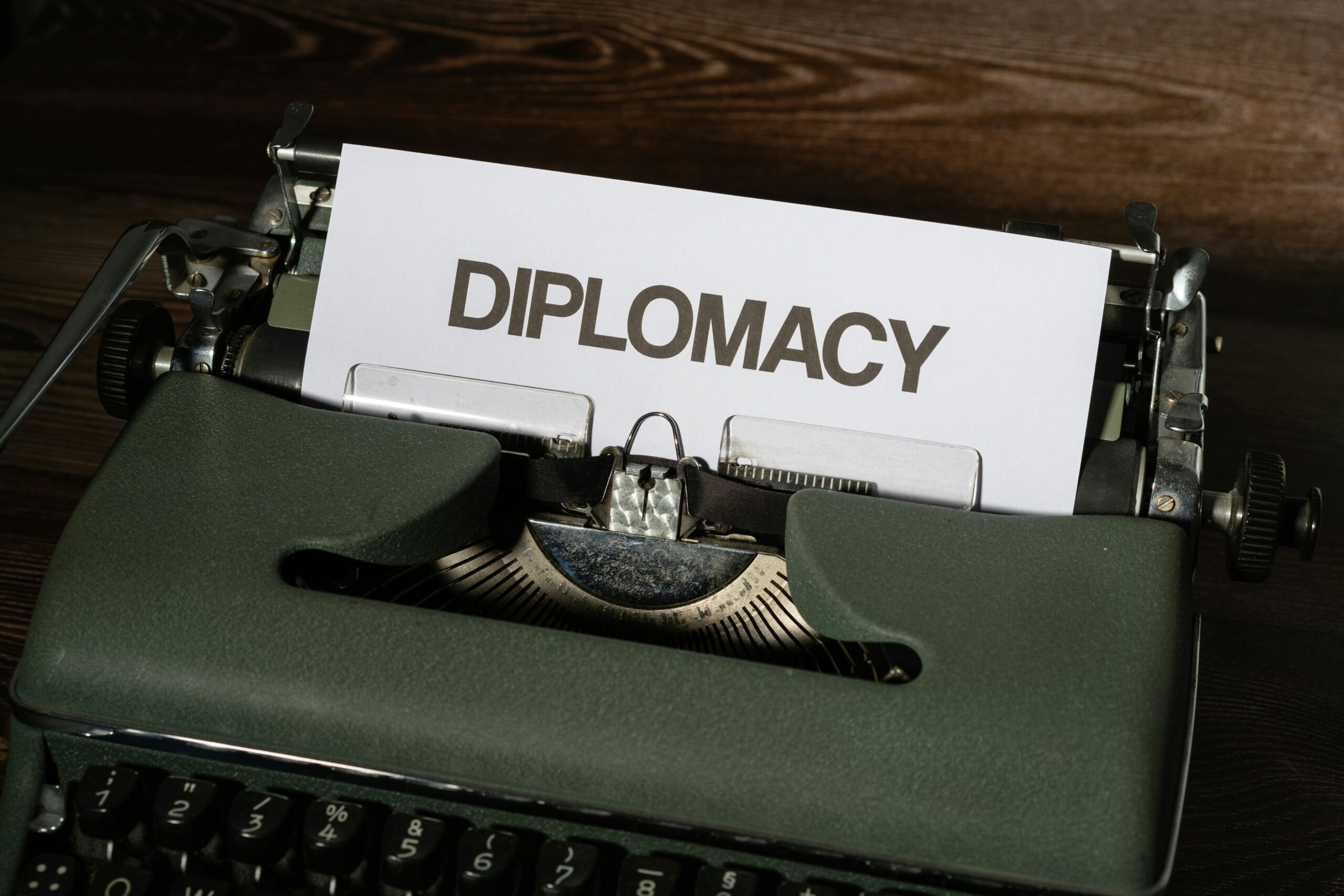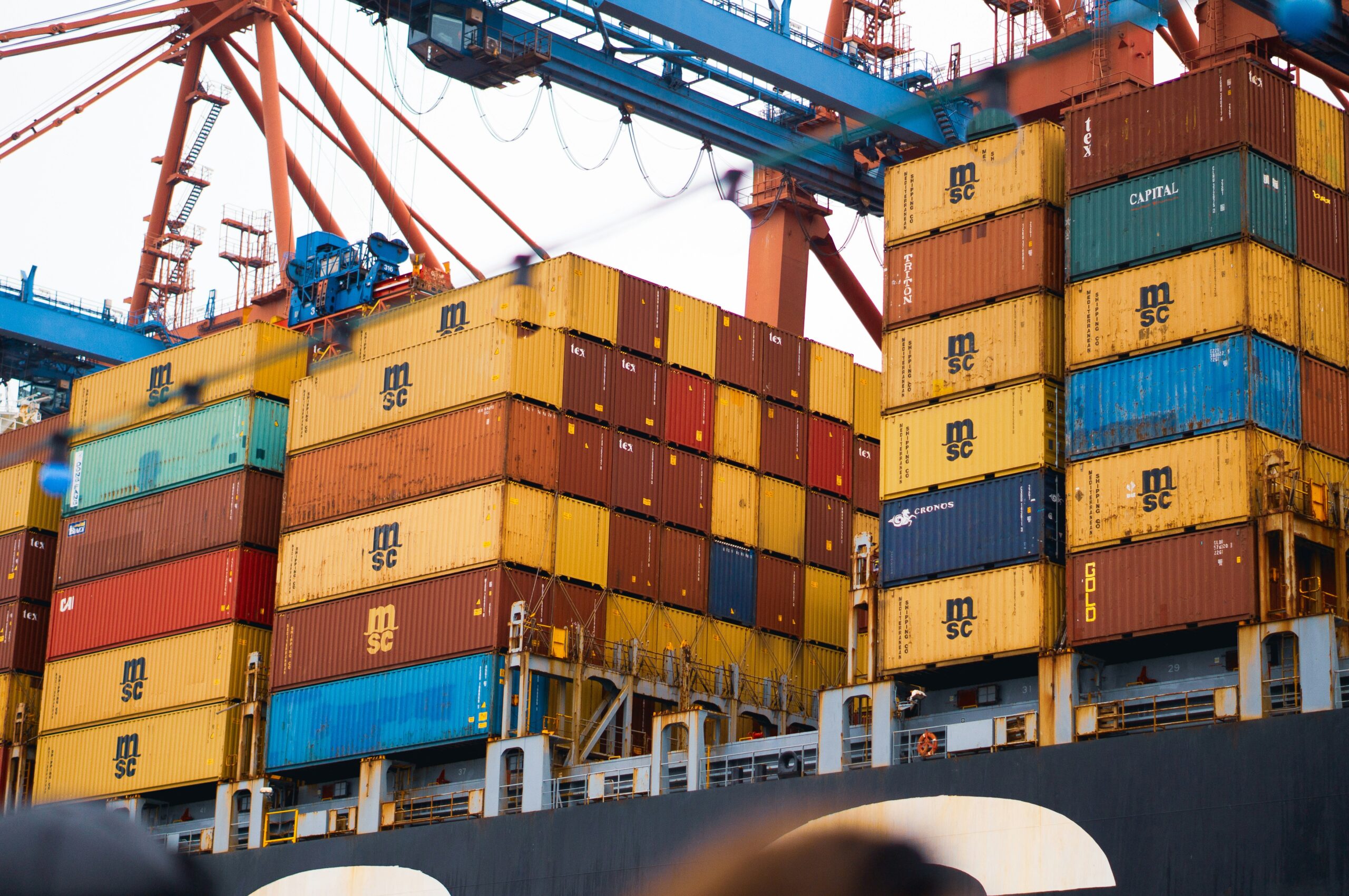Agricultural production, a manufacturing industry centered primarily on petroleum and assistance programs, and federal spending make up the Republic of the Congo’s economic system. Oil has overtaken forestry as the economy’s backbone, accounting for a significant portion of government funds and sales.

The Democratic Republic of the Congo is rated 183 on the World Bank’s efficiency of performing trade index. This metric assesses the difficulty of launching a company, negotiating, submitting taxes, settling bankruptcy, safeguarding investments, trade freedom, obtaining financing, obtaining fuel, coping with building permits, and registering real estate. France, Italy, the United States, and China are Congo’s most important trading allies. China is Congo’s largest net exporter. The most important buyers of Congolese goods, primarily oil products, are China and the US. In 2016, the United States sold $131 million in services and commodities to the Republic of Congo and bought $132 million in goods and services from the Republic of Congo.
The Republic of the Congo is a participant of the Central African Economic and Monetary Community (CEMAC) and utilizes a similar currency to five other member governments in the region. Furthermore, it has also signed a bilateral investment agreement with the U.S.
Bilateral Investment Treaty
The Bilateral Investment Treaty (BIT) program, which began in 1981, aims to promote and defend American investment. The treaty is an important aspect of the United States’ efforts to persuade the Congo to implement pro-growth macroeconomic and structural reforms. It’s also in line with American policy on overseas trade. According to this policy, the fastest and most suitable instrument for promoting international trade and investment is an open foreign capital framework in which members respond to market factors.
One of the treaty’s central principles is that U.S. capital investment overseas and international investment in the United States should be treated equally and without discrimination. The participants also adhere to global legal criteria for acquisition and payment, free banking transactions, and mechanisms for resolving economic conflicts, notably worldwide arbitration.
The Congolese pact satisfies all five basic BIT objectives, including:
- The Trading processes shall permit an investor to submit a disagreement with a Party to independent third-party arbitration;
- Money related to funding into and out of the host nation will be eligible for free exchanges;
- Foreign investors must be treated fairly and in conformity with global law, and they must be treated no less favorably than domestic investors:
- Free transactions “related to an investment” are allowed under the Congo BIT, such as returns, remuneration for expropriation, payments emerging out of an equity disagreement, agreement fees, and equity trade;
- Overseas money in the Congo BIT receives the better domestic or most-favored-nation (MFN) status, subject to the agreement’s limitations or its appendix, which is an essential part of the pact.
Central African Economy and Monetary Community
The Central African Economic and Monetary Union, which includes the Republic of Congo, comprises six countries. CEMAC is one of the Central African regional organizations that promote connection and trade among its members.
CEMAC’s goal is to foster stability and fiscal growth among its participating countries through the establishment of industrial and financial cooperation. The participating countries seek to progress from partnership to unity to complete the financial and fiscal unification phase and increase bilateral aid to benefit less advanced participating states.
The treaty assures that national market initiatives in agriculture, livestock, fish stocks, production, trade, transit, telecommunications, power, ecology, science, education, and expert coaching are coordinated, as well as the implementation of common actions and regulations.
The CEMAC Committee is responsible for creating the necessary documents for the international monitoring program. Trustworthy socioeconomic data is essential to examine national results and identify internal difficulties in the sub-region. The CEMAC Committee strives to improve the accuracy and uniformity of member states’ data while expanding their scope.



